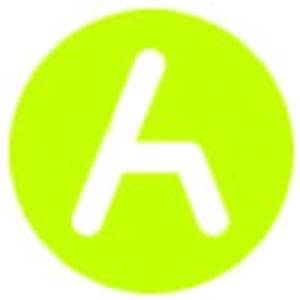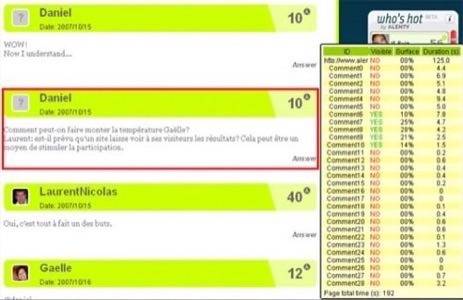The page view died as an audience measurement metric last July when Nielsen stopped measuring it. In a world where technologies like AJAX allow web publishers to push new information to pages without refreshing, the amount of time a user spends on a site — along with the total number of unique users — has replaced the page view as the most important audience measurement metric. But when so many different things can occur on a single page without a refresh, how can you accurately gauge what a person is doing on a page while they’re spending their time on it? Laurent Nicolas has a demo on his web site of a new audience measurement tool that solves some of these problems.

The demo looks like it was actually put online in October, but I only came across it yesterday when Dion Almaer linked to it on the Ajaxian blog.
“Time spent is the most important indicator of web 2.0,” writes Nicolas. “It replaces page views, which became meaningless when pages are refreshed piece by piece (Ajax).” But time spent can be hard to measure. It is difficult to measure what a person is looking at, or interacting with on a page.

Nicolas’ demo uses Google Web Toolkit to divide time spent between individual sections of a page. It tracks exactly what on a page a person is looking at and for how long by measuring the time each piece of a page is visible on the user’s screen. This results in very detailed and useful data.
For example, using this method, marketers could see exactly how long a person looked at a specific product on a page, or how long banners were viewed — imagine selling banner spots based not on how many ads are shown, but how long each ad is viewed by the average visitor. When combined with clickstream data, you can begin to imagine how useful the data could be for marketers.
Nicolas has banner exposure demo as well, demonstrating how his technology could be used to track the time banner ads are being seen by users.
This type of innovative audience measurement technology will become more useful as web publishers continue to embrace technologies like AJAX that make page loads irrelevant. Optimizing ad placement may be less about putting banners in the most visible spot, but rather putting banners in a post that will be viewed for the longest time (this type of audience measurement tool has similar implications for design and page layout optimization).










